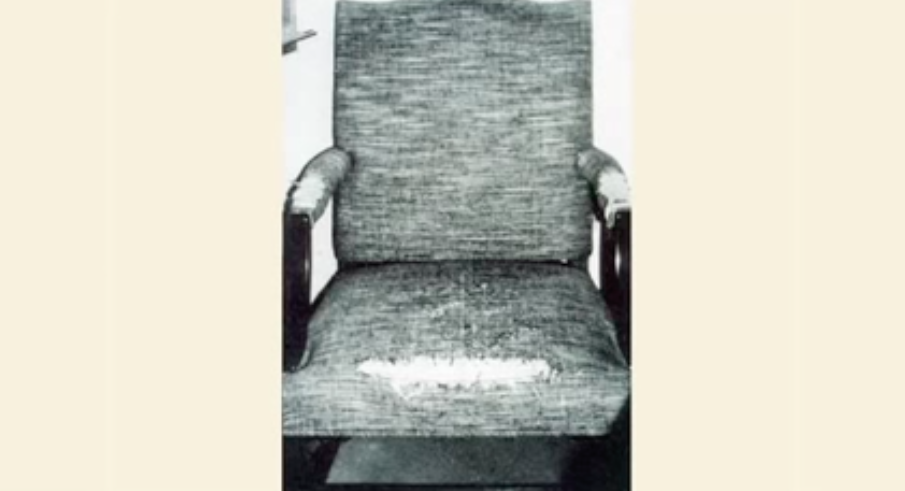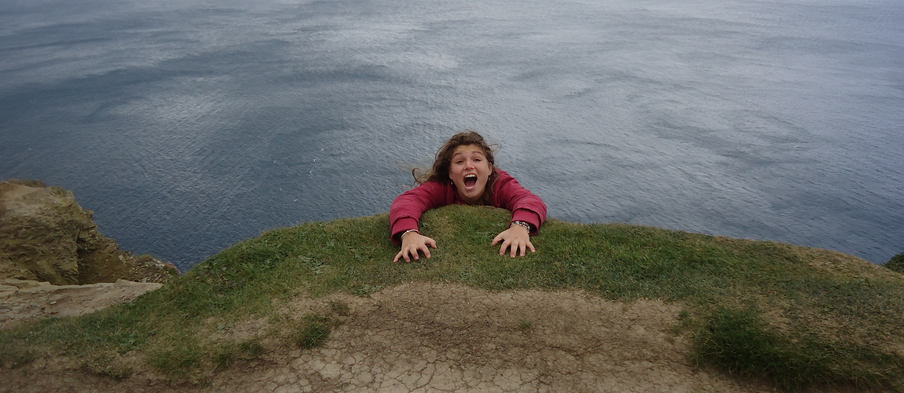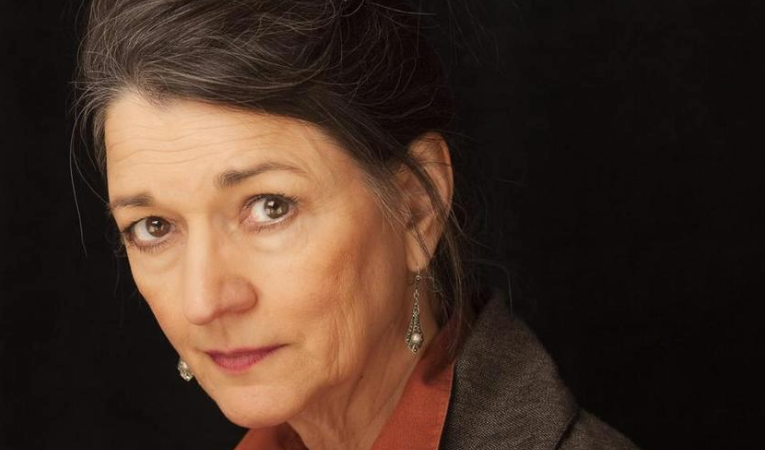Every great story contains a bunch of basic elements–complex characaters who offer glimpses into the variety of human motivation, action that reveals motivation and conflict, details that offer glimpses that most readers would miss, and more.
To many, the setting offers the container of characters and action. To others, the setting is like an all-present “extra,” which affects the story as much as any character or conflict.
 The best advice I ever got on setting came from Mark Kramer, the gifted author and former curator of the Nieman Foundation at Harvard. The trick, he said, is to set the action in “small, knowable” spaces.
The best advice I ever got on setting came from Mark Kramer, the gifted author and former curator of the Nieman Foundation at Harvard. The trick, he said, is to set the action in “small, knowable” spaces.
Sitcoms succeed when they do just that. Think of the TV-oriented living room in All in the Family or the art/antique-oriented living room of Cosby. Think of the regional branch of Dunder-Mifflin in The Office. Think of the snazzy swingles apartment in Friends. You get the idea.
The Advantages of Small, Knowable Places
Small, knowable places offer a number of advantages for description:
‘Put Three People in a Room’: The filmmaker Martin Scorsese was once asked for advice on how to write a good scene. His answer: “Put three people in a room.” When you put two or three people in a limited space, you can see their dynamics without complication.
Three people might include two characters plus the knowledge of a third character or issue. In Thomas’s Harris’s 1988 novel The Silence of the Lambs, for example, Hannibal Lecter confronts Clarice Sterling with her demons. The setting is Hannibal’s jail cell and the area just outside the cell. The cell contains spare, bolted-down furniture. On the walls are Hannibal’s detailed drawings of European scenes, done in charcoal and crayon. Outside the cell is Clarice and a chair. The cell’s bars separate the two, but the bars seem to disappear as Hannibal baits Clarice about her tragedies and fears.
Contain the Story to Prevent Narrative Sprawl: The storyteller’s ultimate job is the same as a magician’s–to direct the attention of the audience. The storyteller and magician both say, in effect: “Look here, not there.”
The best way to say “here, not there” is to keep “there” out of the picture. So zoom in on the small place and moments that you want to audience to see. Keep the other stuff offstage.
Focusing on “here, not there” can also ratchet the tension. Consider Stephen King’s creepy novel and film Misery. The first tense moment comes when Paul Sheldon drives off the road in the middle of a snowstorm. We see him, alone in his car, and wonder: Will anyone rescue him? Being stuck in that car with Paul–“here, not there”–gets our minds racing about what’s happening out there.
The answer finally comes in the person of Annie Wilkes, a psychopathic fan who takes him home. The bed where Annie puts Paul will be the “small, knowable space” for most of the book. The tension rises as we realize Annie’s sick obsessions. All the time, we wonder: Will anyone figure out that Paul’s missing? Will anyone come knocking on Annie’s door? When that time comes … well, I don’t want to spoil it for you.
Avoiding Distractions: In a small space, the focus is on the characters and their struggle. You can’t get distracted when you place two or three charactersm in a room and have them interact.
Avoiding distractions is especially important when people have their “come to Jesus” moments–when they have to make hard decisions about their values and behavior. It’s hard to make decisions when you;re surrounded by a clamor of competing demands. How many times have you faced a tough call and had to go to a quiet place to focus on the decision?
Give your character a small, knowlable space to act, speak, listen, hesitate, and debate, without distractions. You will be amazed how much it supercharges the other scenes in the story.
Showing the Character Struggle Against Limits: In a small place, you can show the characters struggling against their limits. Most people’s limits are psychological, and a small place provides a great way to isolate those limits.
Imagine, for example, someone getting news of a great tragedy in a small place, like an office. How does she react? First, she has to absorb the news. To gain privacy, she closes the blinds that separate her office from the rest of the workplace. Then zoom in and capture her emotions. Her only connection to the outside world is her phone, so you can focus on how she decides whether to call someone. Finally, you can show her getting ready to leave. Does she try to pull herself together, to pretend nothing’s wrong when she walks through the office door?
We can pay close attention to the character when she’s in a limited space. We don’t get distracted by other people or by the swirl of activity nearby.
Symbolizing Some Larger Aspect of the Story: Small spaces are often rich with clues about someone’s character. On the wall are pictures and mementos from the past, indicators of friends, family, jobs, hobbies. Some artifacts are purposeful–that is, the owner of the space put them there for comfort or inspiration, as well as their usefulness. Other artifacts are accidental leftovers–that is, the owner of the space did not think much about them, but they still reveal the character’s habits and ways of life.
A small space reveals loads about the values and desires of the characters. People inhabit their small spaces differently. Some decorate it, some don’t. Some are elegant, some aren’t. Some display their allegiances (like a school or company or team), some don’t. Show show off their knowledge (with jammed bookshelves) and others their wealth (expensive art and furniture).
Revealing Contrasts Between Characters: In a small space, you can emphasize the contrasts between characters. In a larger space, the characters can look the same. In a larger space, with lots of characters, we see those characters as abstractions. But when we get close up, we see them as one-of-a-kind individuals.
When you see a crowd coming in or out of a subway, everyone looks the same–especially from a distance. It’s just one big mass of humanity. Then when you get inside the train, you can pause and look around. You notice how different everyone is–the Wall Street trader, the tattooed student, the dolled-up department store clerk, the kids on their way to school, the construction workers, and so on. The small space–and the way it suspends time–gives you a chance to look closely.
Revealing Contrasts Inside and Outside the Small, Knowable Place: People act differently depending on the location. A man acts differently in the small, knowable space of his home than in the small, knowable space of his office or club or parents’ home. We can see these people’s different “sides” in bold relief when we put them in different places.
Contrasts, by the way, lie at the very core of great stories. In every great story, characters struggle to reconcile the different demands placed by their different worlds. At home, a parent needs to care for partners and kids; in the neighborhood, she needs to develop networks of friends and helpers; in the office, she needs to work efficiently and professionally, with a minimum (usually) of intimacy. And so on. Place not only reveals character; it also shapes character.
Creating an Extra Character in the Story: In a sense, the setting is the “extra” character of your story, creating possibilities and barriers, just like the flesh-and-blood characters. We see this in sports all the time. Classic venues like Fenway Park (home of the Red Sox) or Bryant-Denny Stadium (home of the Crimson Tide) are packed with attentive, fervent, and loud fans. Some venues give their teams a real home field advantage.
When I lived in Boston, I went to Red Sox games all the time. The atmosphere was electric, even in a mid-season game where the Sox were losing 7-2. If a Sox player got a hit, the crowd would come to life. Two or three hits and the place had a World Series atmosphere. Sox players fed off the energy. Home gives almost everyone an edge. From 1871 to 2015, teams did better at home in all but one year. The advantage is even greater in basketball, where refs making tough calls get swayed by the crowds.
All this raises a question: How can we find the right small space to focus our action. To begin, let’s look at one of the greatest TV series ever–AMC’s Mad Men.
Case Study: The Elevator in Mad Men
Mad Men set 59 scenes in elevators in the first 85 episodes. Why? Well, for starters, it’s hard to find a cheaper set. Also, elevators offer terrific transitional spaces; people come and go, introducing or concluding scenes, in elevators. Elevators are public places–but when the door closes, they can turn in to private spaces.
But also, as Mark Kramer pointed out, elevators clear away all the distractions so you can focus on the characters, conflicts, and tension. “It’s the simplest of sets,” the Journal‘s John Jurgensen writes.
Two of the great Mad Men scenes focus on the status of women in 1960s America.
The first scene of the whole series features Peggy, a young woman from Brooklyn headed to her first day of work at Sterling Cooper. She stands, stiffly, as three men leer and cackle. “Can you take the long way up?” one tells the black elevator operator. “I am really enjoying the view here.” It’s a perfect preview of the show’s examination of the system of class and power in 1960. This simple scene also introduces us to the characters we will see developed over the next several years. We get a good glimpse at their characters–and their room for growth–right away.
The longest ride comes when Don and his former mistress stand together, silently, for 43 seconds in Season 6. Without a word, the two contemplate their failed relationship–and the audience contemplates everything that came before. It was a perfect coda to the story. Mad Men creator Matthew Weiner says: “I made sure that I had built enough time into the episode that I could let this thing play out to its excruciating end.”
An even better scene comes in “The Beautiful Girls,” from the fourth season. In that episode, Don’s daughter Sally arrives unannounced at the firm, where Don’s secretary Megan comforts her; Peggy meets a Village Voice journalist named Abe, who insults her in a discussion of woman’s place in society; Joan learns that her husband is being sent off to Vietnam, then has a tryst with Roger (which will produce a child) after getting mugged in an alley; Don’s affair with Faye reveals the splits in their personal and professional lives; and, for good measure, the matronly secretary Miss Blankenship dies at her desk.
What better way to cap the scene than to show the convergence of the three main survivors–Joan, Peggy, and Faye–standing in the elevator, silently, after an exhausting day?
These few moments allow us to absorb the whirlwind of activity that happened before. The scene also symbolizes how women–and all of us–are “alone together” to face life’s challenges.
Other Great Small, Knowable Places
So what kinds of places are small enough to contain the story, without distractions, while also conveying the values of the characters and society?
Let’s consider a half-dozen examples from literature:
The ship in Homer’s The Odyssey: At the end of the Trojan War, Odysseus began his long journey home to Ithaca. Odysseus and his crew get off the boat, from time to time. But the ship centers the story.
My favorite scene occurs when the ship approaches the Sirens. It poses a life-or-death challenge. On the one hand, Odysseus wants to hear the transcendent voices of the Sirens. On the other hand, if he listens to the Sirens, he will get seduced and chase them, abandoning his men. At the advice of Circe, Odysseus followes a clever solution. He will have his men lash him to the mast so he can listen without the danger of leaving; meanwhile, his men will fill their ears with wax and pilot the ship beyond the Sirens.
The raft in Mark Twain’s Huckleberry Finn: This is the ultimate modern road trip. Huck and Jim escape the constraints of their hope to find adventure on the Mississippi River. Huck and Jim confront numerous dangers along the way–pirates, bounty hunters, weather–but also get to know each other. Huck deepens his appreciation for Jim as a full human being. Quiet time on the raft, freedom from the noise of “sivilization,” allow Huck to get to know his companion.
“There warn’t no home like a raft, after all,” Huck says. “Other places do seem so cramped up and smothery, but a raft don’t. You feel mighty free and easy and comfortable on a raft.” The raft gives them freedom–but freedom of a certain sort. Huck and Jim can barely steer the raft. The currents of the river take charge. That’s a profound lesson in a world where “sivilization” tries to control every thought and movement.
The boat in Ernest Hemingway’s The Old Man and the Sea: Santiago is a pathetic old man with the story begins. After going 84 days without catching a fish, he is considered “salao” by the townspeople. The boy is banned by her family from joining the old man. Then Santiago catches a great marlin and the struggle begins. After three days of struggle, Santiago develops a bond with the fish. But he finally hauls him in and straps it to the side of the boat. Now he must fight off the sharks who smell the marlin’s blood.
Hell in Jean-Paul Sartre’s No Exit: No story does such a great job containing a world of emotions in a such small, knowable place. That small space is Hell, and it focuses all the action and dialogue on the characters and their inner lives. Could Sartre have used a larger, sprawling setting? Could he have shown the characters before their death and assignment to Hell? Could he have shown the moments in their lives when they earned eternal damnation?
In this spare place, even the smallest details standout–like the bare lightbulb, which is always on, preventing the three characters from getting decent sleep or escaping the others’ gazes. Such a detail would have gotten lost in a more complex space. But here, it stands out and reveals much about the characters and their situation.
Maybe. But Sartre’s purpose was to reveal the characters–and, especially, his point that “Hell is other people.”
The motorcycle in Robert Pirsig’s Zen and the Art of Motorcycle Management: Over 17 days, the author traveled by motorcycle from Minnesota to California. The time on the bike allowed him the opoirtunity to take in lots of sites and to muse philosophically. The bike both contains the story and allows contact with the outside, as Pirsig explains:
In a car you’re always in a compartment. … You’re a passive observer and it is all moving by you boringly in a frame. On a cycle the frame is gone. You’re completely in contact with it all. You’re in the scene, not just watching it anymore, and the sense of presence is overwhelming.
The bike is also an artifact, an object worthy of attention. The bike must be maintained. When something breaks, Pirsig has to fix it. That requires skill. So is it hard? “Not if you have the right attitudes. It’s having the right attitudes that’s hard.” That’s the ultimate lesson of this story of a man, his son, and their bikes.
The room in Emma Donaghue’s Room: A woman is held captive in a small room by a kidnapper, where she raises her young boy. To protect her son from the loss of innocence, she pretends the room is a wonderland. Together, mother and son watch the seasons come and go from a small window. They watch TV and read stories. This isolation is cruel but the mother uses it as an opportunity to love and teach her child.
The room offers a fresh perspective on the comings and goings of ordinary life.
In the world I notice persons are nearly always stressed and have no time. … I don’t know how persons with jobs do the jobs and all the living as well. … I guess the time gets spread very thin like butter all over the world, the roads and houses and playgrounds and stores, so there’s only a little smear of time on each place, then everyone has to hurry on to the next bit.
To avoid your story getting spread around, like butter, concentrate the action in small, knowable spaces.
How Do You Decide on Your Small, Knowable Place?
So what kinds of places are small enough to contain the story, without distractions, while also conveying the values of the characters and society? The limits are endless:
• A room, any room, in a house or apartment.
• A bench or other contained space in an open area, like a park or a plaza.
• An office–especially a small corner or nook.
• A locker room for a sports team.
• A deserted island.
• A classroom, lunchroom, or detention room of a school.
You get the idea. Any place is OK as long as it’s small and contained. And when you have a huge place–think, for example, of the Grand Canyon–be sure to zoom in on a small piece of that space. From that perch, you can contemplate bigger things. Danny Glover explains this idea (in a small space, by the way) to Kevin Kline in the film Grand Canyon.
To contemplate big ideas, then, locate yourself in a small space. Use that small space as a perch, a place to get intimate.
The Ultimate Benefit: Plot Your Story With Small, Knowable Places
So what kinds of places are small enough to contain the story, without distractions, while also conveying the values of the characters and society?
Alfred Hitchcock, cinema’s master of suspense, sometimes plotted his films by first describing places. Once he identified the locales, he developed characters and storylines to fit those places. Hitch explains:
Of course, this is quite the wrong thing to do. But here’s an idea: select the background first, then the action. It might be a race or might be anything at all. Sometimes I select a dozen different events and shape them into a plot. Finally—and this is just the opposite of what is usually done—select your character to motivate the whole of the above.
Hitchcock built The Man Who Knew Too Much this way:
I would like to do a film that starts in the winter sporting season. I would like to come to the East End of London. I would like to go to a chapel and to a symphony concert at the Albert Hall in London.
Once he had a setting, Hitchcock figured out which characters belonged and what they would do in that setting.
Whether or not you use Hitchcock’s approach, survey all the possible scenes as you develop your story. If you write about sports, consider the stadium, practice fields, locker rooms, bars, and after-hours nightclubs. If you write about the civil rights movement, start with the streets, lunch counters, churches, schools, and jails. If you write the life of a high school, think about classrooms, corridors and stairwells, pizza joints and Saturday night party spots.
Before you go . . .
• Like this content? For more posts on writing, visit the Elements of Writing Blog. Check out the posts on Storytelling, Writing Mechanics, Analysis, and Writers on Writing.
• For a monthly newsletter, chock full of hacks, interviews, and writing opportunities, sign up here.
• To transform writing in your organization, with in-person or online seminars, email us here for a free consultation.

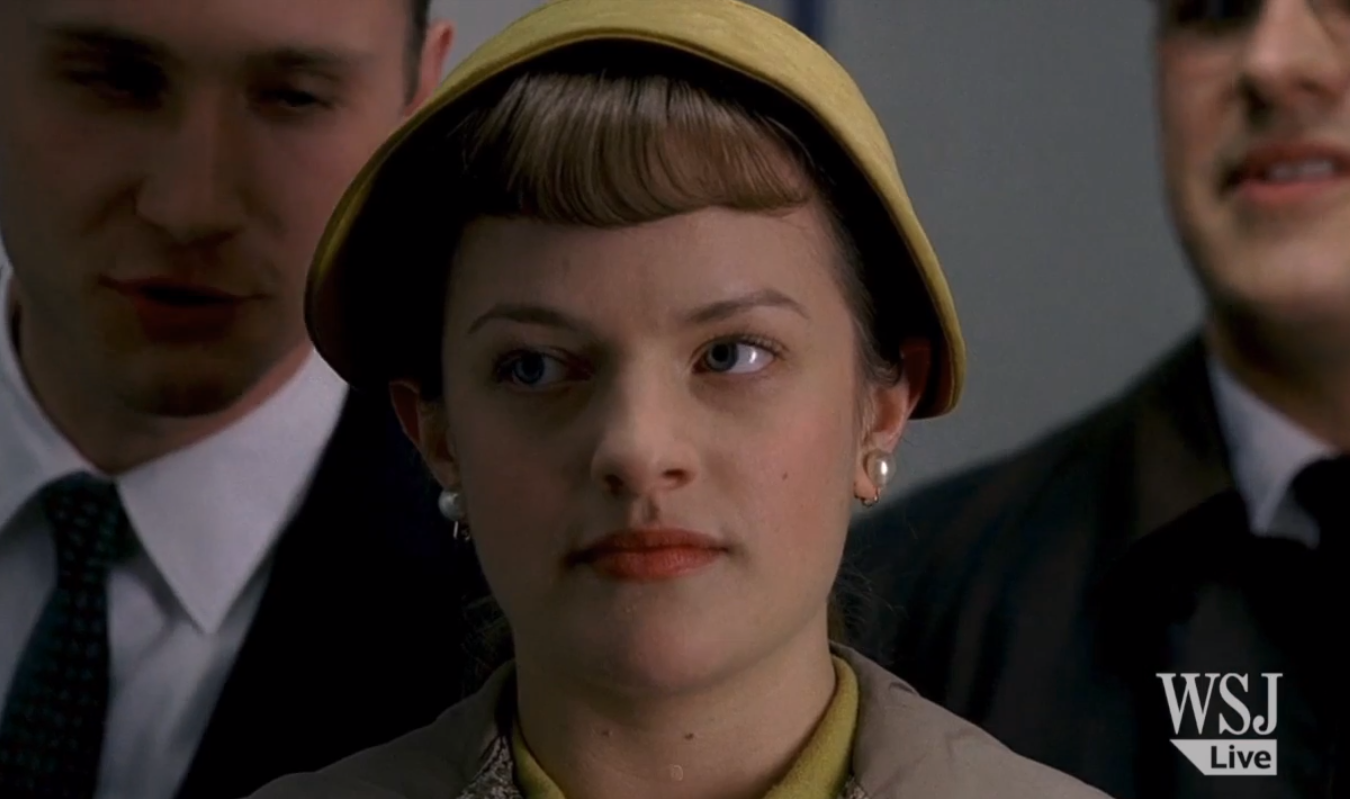

 In recent years he has become an expert on expertise. His book
In recent years he has become an expert on expertise. His book 
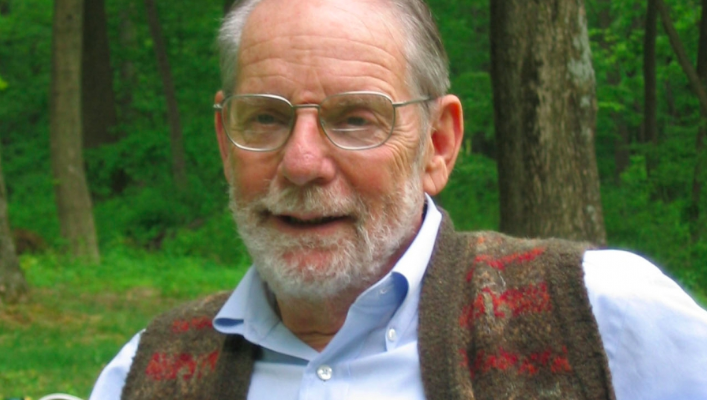
 To get this right, adapt Mark Twain’s dictum–“When you catch an adjective, kill it”–to your comparisons. When you catch a fleeting pop-cult reference, kill it.
To get this right, adapt Mark Twain’s dictum–“When you catch an adjective, kill it”–to your comparisons. When you catch a fleeting pop-cult reference, kill it.